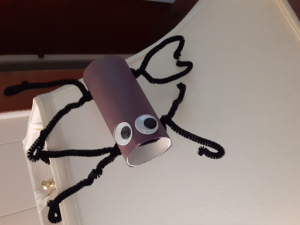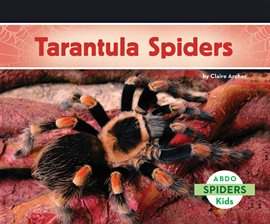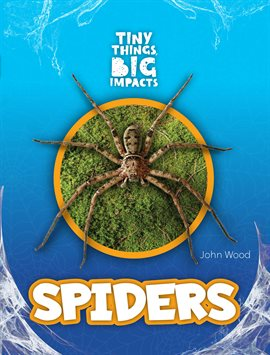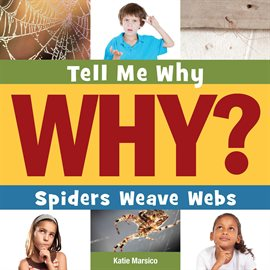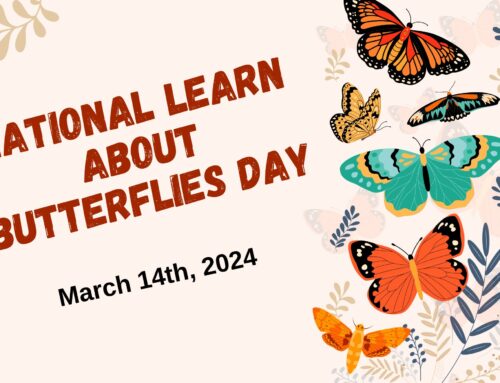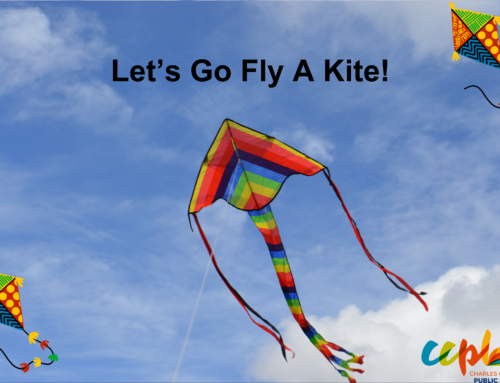
Spiders, they are everywhere! And no wonder since there are over 40,000 different species of them worldwide, except for Antarctica.
Spiders are not insects or bugs, they are called arachnids. Which means 2 body segments and 8 legs with 6 joints each. That means spiders have 48 knees! They also do not have antennae or wings.
The front segment of the spider is called the cephalothorax, which is where the eyes are located. The back segment is called the abdomen, which contains spinnerets. Spinnerets produce the silk used to make webs and catch prey. Spiders have an oil on their bodies that helps them not stick to the webs they create.

The silk that the spiders create has many uses other than the webs that we see. It is used to wrap their eggs up to keep them safe, wrap up their dinner, ballooning which is a way that spiders move around by attaching one end of a web to something and letting the wind take them away! They also use it to make the webs that we see outdoors and, occasionally, indoors. The silk can be sticky, stretchy or dry depending on what it is being used for. Spiders recycle as well by eating old or damaged webs!
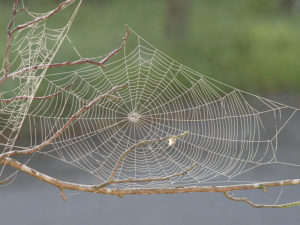
Spiders hunt prey by catching them in their webs, jumping out at their prey or coming out of a trapdoor. If they are using a web, they find the prey stuck in the web by feeling out the vibrations in the web. Spiders eat by using their fangs to bite the prey and paralyze it and since spiders don’t have teeth they turn the insides of the prey into liquid and use their fangs like straws and drink their dinner.
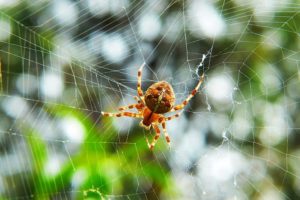

Spiders are harmless to humans for the most part and in the United States, there are only two species of spiders that can be poisonous to us. They are the black widow and the brown recluse. Spiders are not harmless to each other though, sometimes the females will eat the males usually after mating. Females can lay between 2-1000 eggs at a time (that is a lot of baby spiders)!
Spiders are also featured in myths and nursery rhymes. Little Miss Muffet was interrupted by a spider while eating during a nursery rhyme and Arachnae is a greek myth about how spiders came to be.
Materials

Step 1: Tape or glue the construction paper to the tube.

Step 2: Roll the tube so it is completely covered and tape or glue the paper down.
Librarian Tip: If you are using glue you may want to let it dry for 15 minutes before trimming.

Step 3: Trim off the excess paper using the scissors.
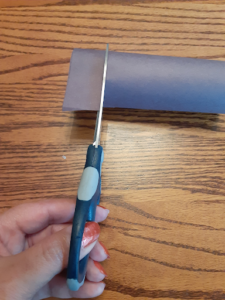
Step 4: Using the single hole punch, make four holes along the side of the tube. Repeat this for the other side.
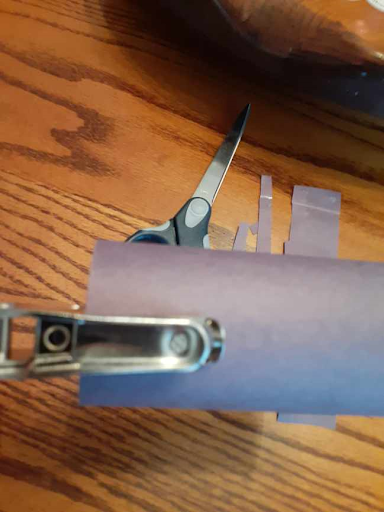
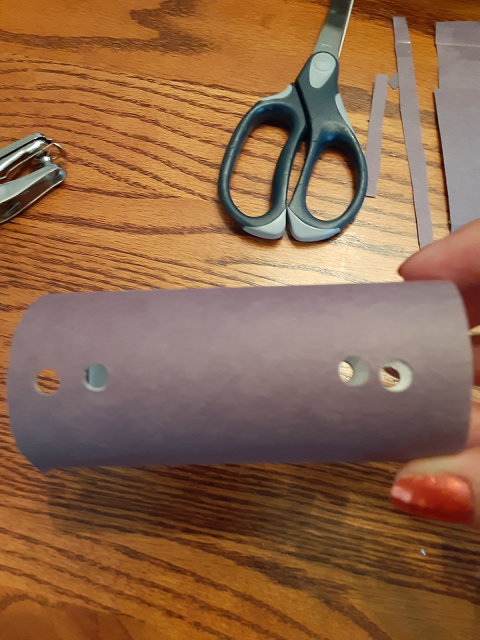
Step 5: Stick one end of the pipe cleaner in one of the holes and feed it through until it pokes out of the hole on the other side. Repeat until all 4 of the pipe cleaners have been used.
Librarian Tip: You may wish to twist the legs together to keep the legs from falling out of their assigned holes.
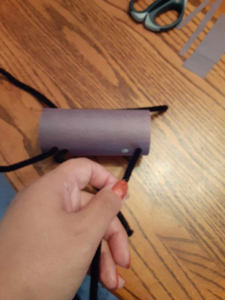
Step 6: Either glue on or peel and stick the googlie eyes to your spider.
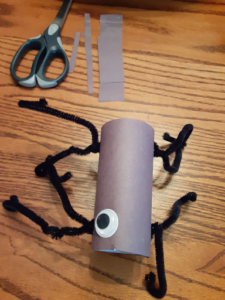
Step 7: Spider is ready to go! Take photos of your new spider in various places if you want.
